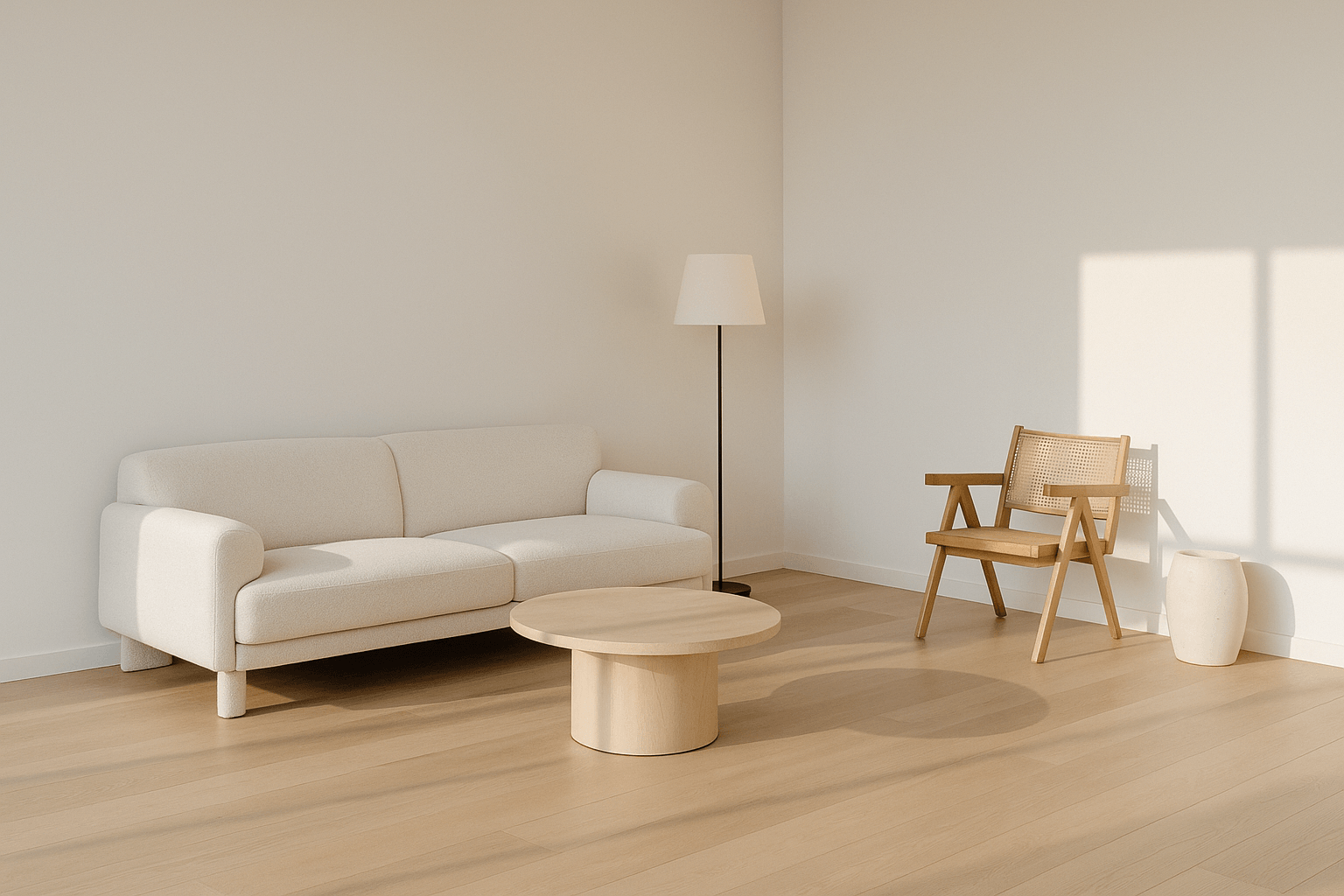Introduction
In a world of constant noise, clutter, and stimulation, our homes can become just another source of overwhelm. But what if your space could actively support your peace of mind? Minimalist interior design isn’t just about “less”—it’s about creating room for more: more calm, more intention, and more of what truly matters.
At theminimalobject, we believe design should serve your life—not complicate it. In this post, we’ll explore how minimalist interiors go beyond aesthetics to offer powerful lifestyle benefits rooted in clarity, wellness, and emotional balance.
1. Visual Simplicity Reduces Mental Clutter
Our brains are wired to process every object in our line of sight. A cluttered room can actually lead to cognitive overload, anxiety, and decision fatigue.
Minimalist design solves this by:
-
Prioritizing open space and natural flow
-
Reducing visual “noise” with fewer, better-quality pieces
-
Creating resting points for the eyes with clean lines and neutral tones
🧠 Mental Benefit: Reduced stress and clearer thinking, especially in multifunctional rooms like home offices or studios.
2. Lighting that Supports Mood and Energy
Lighting influences everything—from our circadian rhythms to emotional regulation.
In minimal interiors:
-
Warm ambient lighting creates softness and comfort
-
Adjustable floor lamps allow control over focus and energy levels
-
Natural light is optimized by keeping window areas unobstructed
💡 Lighting Tip: Choose lighting with a color temperature of 2700K–3000K for evening calm and go cooler (4000K+) for daylight mimicry in work zones.
3. Furniture that Fosters Presence
Minimal furniture isn’t boring—it’s intentional. Clean forms and natural materials keep your space grounded and tactile.
-
Low-profile sofas encourage a relaxed posture
-
Rounded tables reduce visual tension and add softness
-
Wooden textures offer warmth and connection to nature
🪵 Mindfulness Tip: When you sit in your living space, take a moment to notice how your body feels supported. A well-designed chair invites presence.
4. Decor with Meaning, Not Just Aesthetics
Minimalist decor doesn’t mean empty—it means purposeful. One beautiful, well-placed ceramic vase says more than five random accents.
-
Use objects with story or sentiment
-
Integrate handcrafted or artisanal pieces for authenticity
-
Limit surfaces to 1–2 curated elements
🎨 Emotional Tip: When every object matters, you form deeper emotional connections to your space.
5. Minimal Color Palettes Create Emotional Stability
Color affects mood. A neutral or monochrome palette brings stillness, balance, and cohesion.
Use tones like:
-
Soft beige or sand for warmth
-
Muted gray or sage for cool calm
-
Off-white or bone for brightness without harshness
🎨 Bonus: A consistent palette across rooms creates flow, which reduces decision fatigue and makes your home feel more spacious.
Conclusion: Your Space Reflects Your Mind
Minimalism is not about sacrifice—it’s about alignment. When you design your space with care, your home becomes a mirror of your best self: clear, calm, and deeply intentional.
At theminimalobject, every light, chair, or table is curated to help you slow down and live more beautifully—with less.
















